After taking two bucks in two years, a fledgling hunter gets her first taste of how frustrating an un-filled tag can be—and comes out of a tough season more committed than ever
It was Day Four of mule deer season, and I was sick of soggy sandwiches and protein bars. Opening weekend optimism had long since faded, and tagging out was beginning to feel impossible. The deer were spooked, and the patterns we observed when we were scouting were long gone.
I could glass up into the draws of aspens far beyond and find herds of elk, mountain goats, coyotes, and even muley bucks off in the distance, but I was too far away for a shot. October storms had pushed them back up into the high, protected meadows again—I knew where to look, but each day I seemed to be far from the right position.
I’d started the season more prepared than ever. I finally had all the gear I needed, I’d spent months scouting my unit, and I could glass any aspect and find animals. And yet, even with such careful preparation and dedication, the mountains had a different plan for me this year.
I’ve learned so much since my first big game season in the Wasatch Mountains of Utah three years ago. While still relying heavily on mentors, my awareness of all the little details that make a hunt successful had expanded. I’d learned enough to begin feeling comfortable venturing off on my own, finding animals, initiating stalks, and picking my spots.
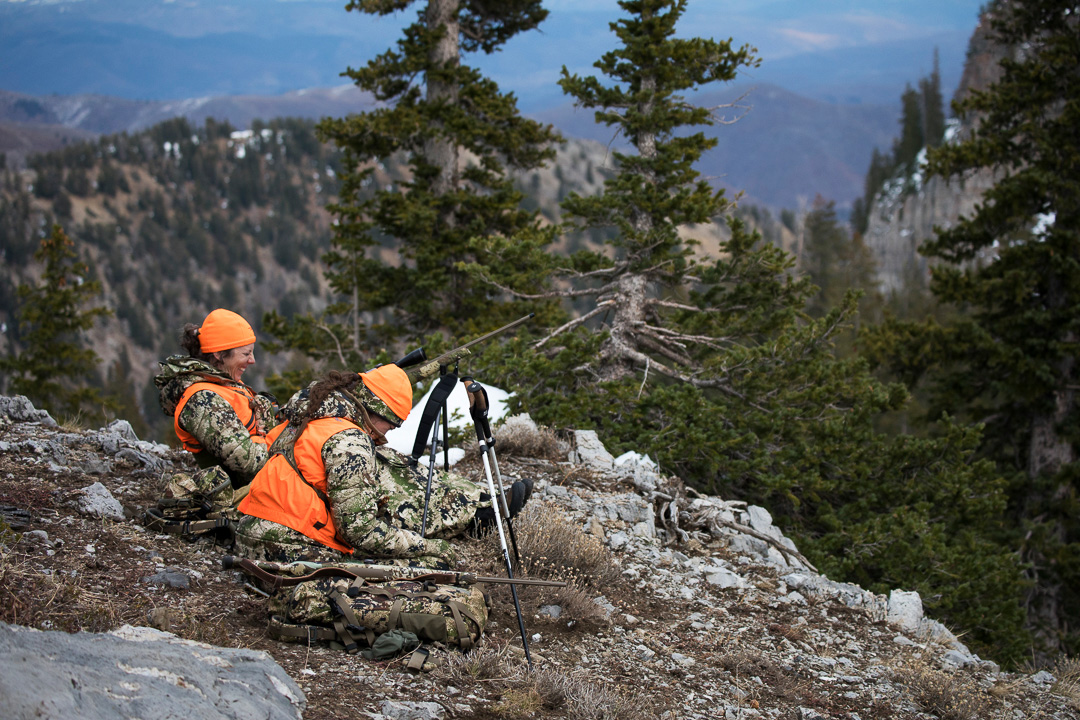
The landscape was more alive than ever with the story of mule deer—in their tracks, through the weather patterns, and in the surrounding narrative of the ecosystem. I felt so close to them every day.
But last fall I spent nine consecutive days in the high mountains, and it was the first time I’d returned home on closing day emptyhanded.
My unfilled tag felt like an interruption to my momentum. Knowing how much I’d relied on the meat from my last two deer, I wondered if I’d be sad during every visit to the grocery store. Would the deli section trigger thoughts of what I should have done differently out there? I started to get really hard on myself—harder than I ever had when I was first starting out.
We hear courageous stories of beginners and live on inspiration from seasoned experts. But what about the role we occupy in between? This is the time when we learn the most from our mistakes, endure harsh self-criticism and doubt, and often lose momentum.
When we have our minds fixed on a new objective, everything is exciting. There is an essential naivety in the newness that keeps us from being completely aware of what it will actually take to be successful.
I’ve found this to be true not only for hunting, but also in business ventures, relationships, and any goal that requires us to learn something new. People often think that taking the leap is the hardest part. But it’s once you get past that point that you learn what you’re really up against.
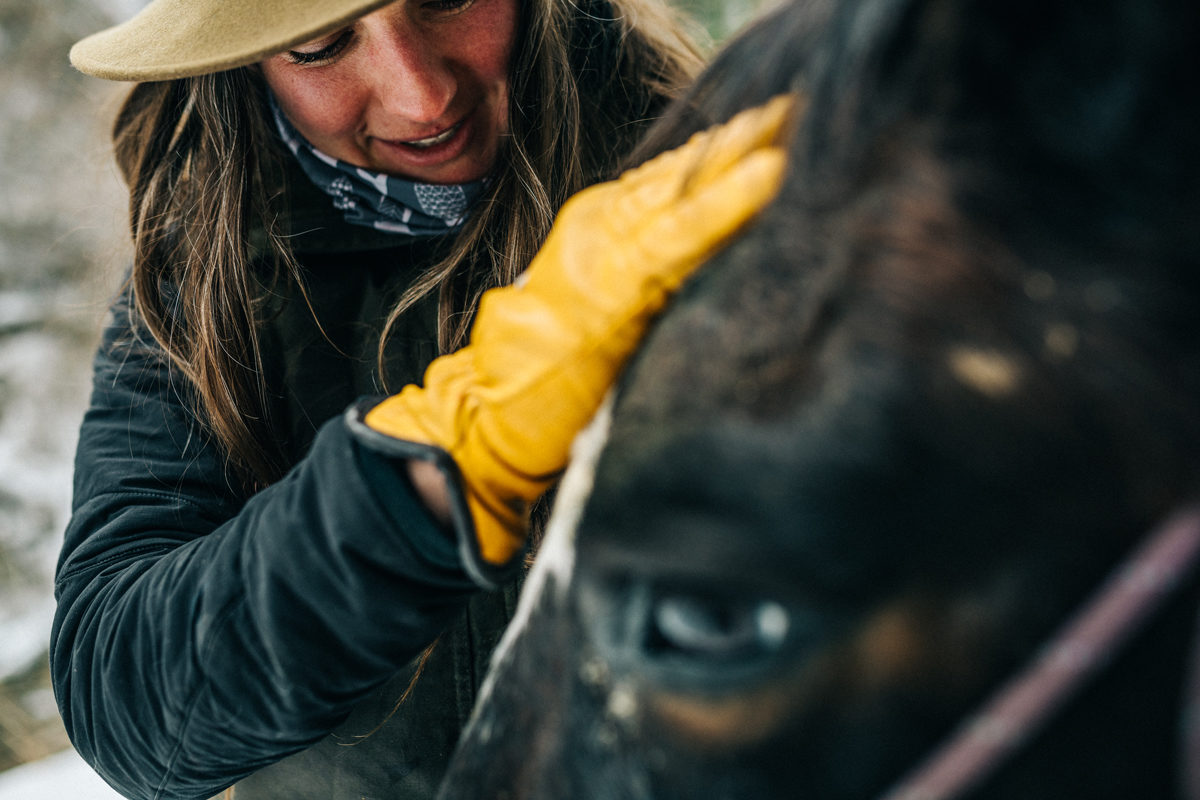
The goals I have for myself—as a hunter and an entrepreneur—have required boldness, but also digging in during moments of sheer exhaustion and self-doubt. I’ve learned that beginning is actually pretty easy, but what comes next takes endurance, maintenance, and constant recommitment.
I’m in the same place with my business, Wylder Goods, as I am in my hunting experience—several years in and aware that there’s still a very long road ahead to success and mastery. The allure of the new objective has worn off, and I’m painfully aware of the skills I lack, yet still driven to accomplish what I’ve set out to do.
I look across the plateau I’ve reached, and I can make out the horizon of where I want to be, even if I’m far from it.
It could be that my unfilled tag is just what I needed to make me even more of a hunter than I was before.
This past mule deer season taught me that I have to find my pace in the long game. I am actually capable of feeling self-doubt and a sense of progress at the same time, and I’m learning what it takes to source endurance every day.
Each morning, I have to wake up and think, ‘Today is the day,’ no matter what beating came before. Next season, I’ll scout even more, put in for additional tags, take new risks, and ensure I don’t make the same mistakes again. Perhaps, as Theodore Roosevelt said, “Far better is it to dare mighty things, to win glorious triumphs, even though checkered by failure… than to rank with those poor spirits who neither enjoy nor suffer much, because they live in a gray twilight that knows not victory nor defeat.”
It could be that my unfilled tag is just what I needed to make me even more of a hunter than I was before.
Lindsey Elliott is the co-founder and CEO of Wylder Goods, a B-corp that sells goods for the modern outdoorswoman. Follow her @lindsey.a.elliott, @wyldergoods, and on the Wylder blog. Read more about Lindsey in our Q&A.
Top photo courtesy of Jay Beyer.

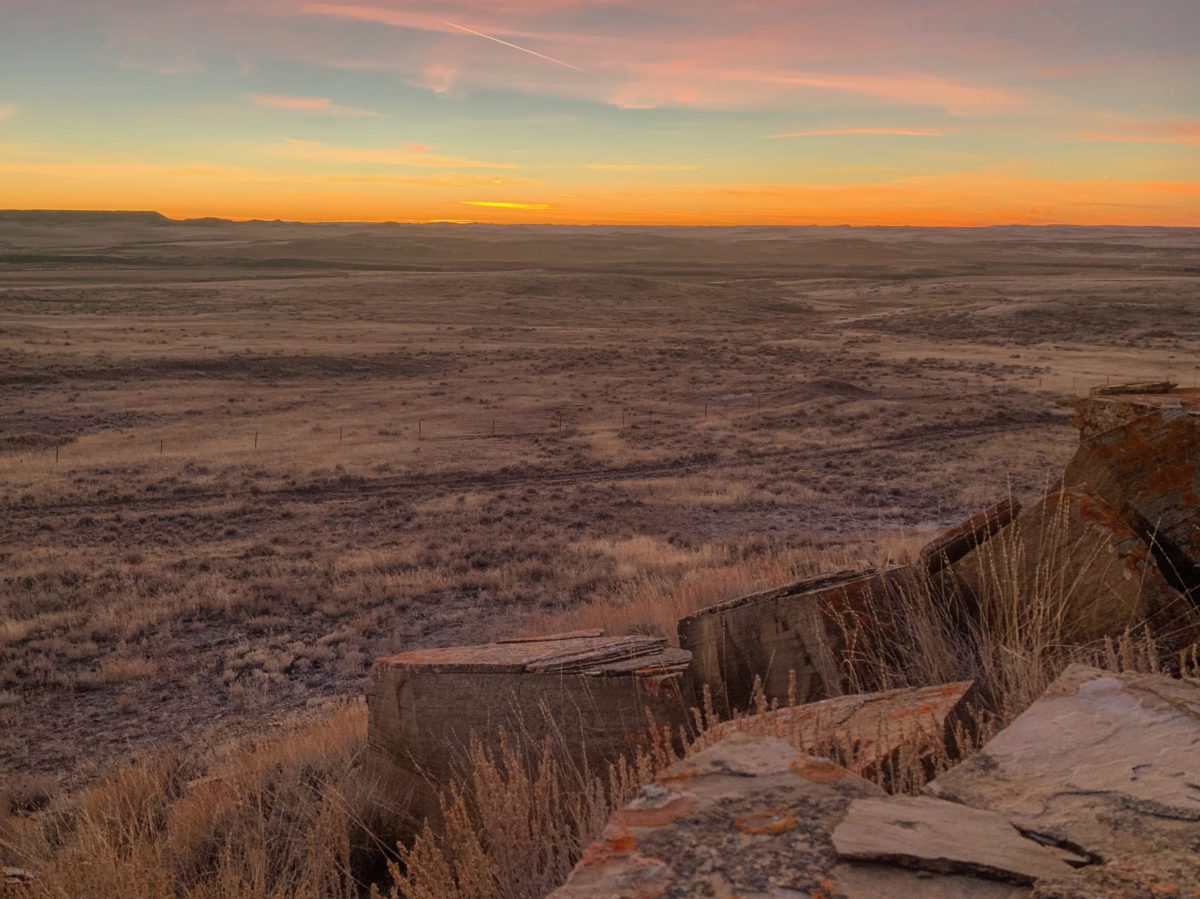
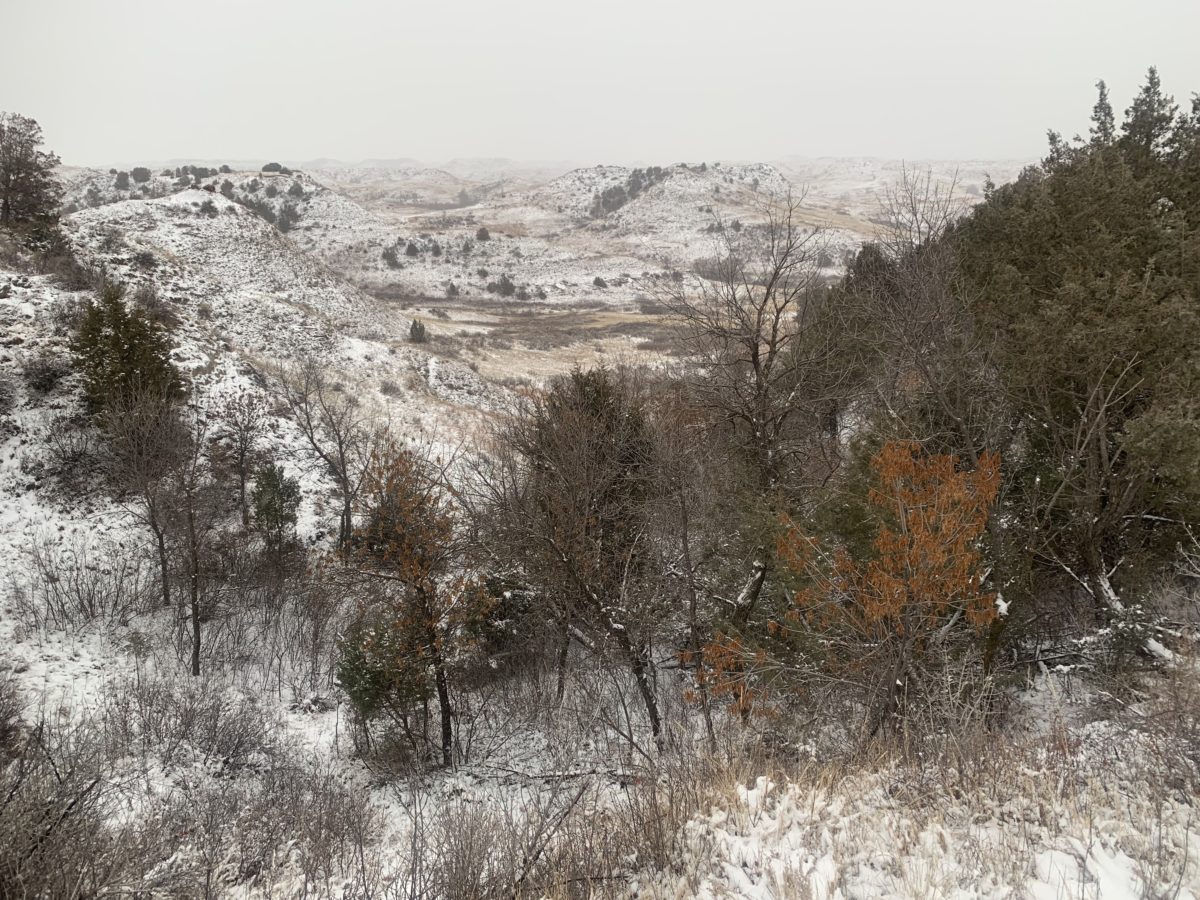
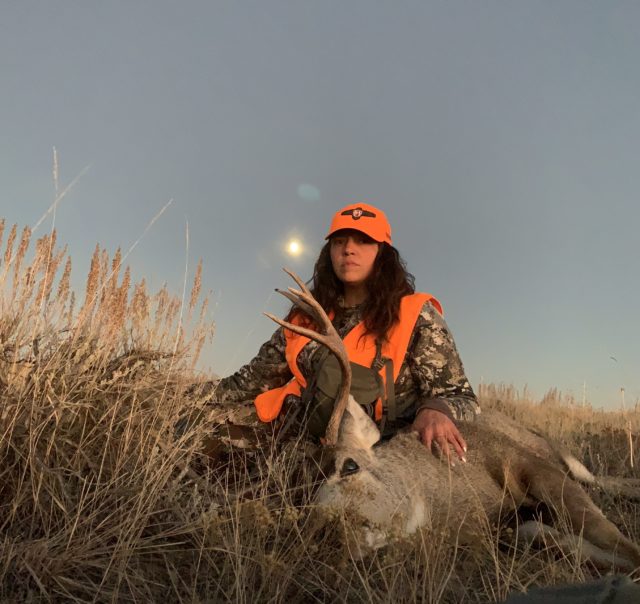




Protect our public lands!!
Lindsey! Awesome piece. I am in almost exactly the same place. Tag soup and a fledgling business. Thank You for sharing! Inspirational.